50+ Sample Deployment Plan
-
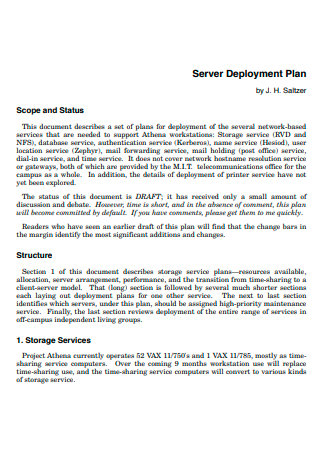
Server Deployment Plan
download now -
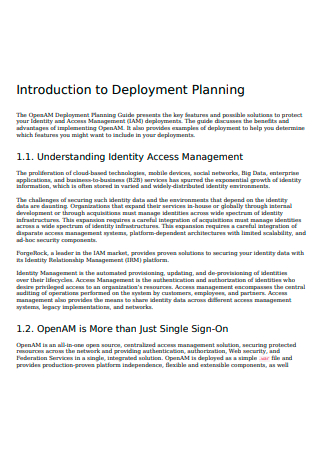
Deployment Planning Template
download now -

External Deployment Plan
download now -
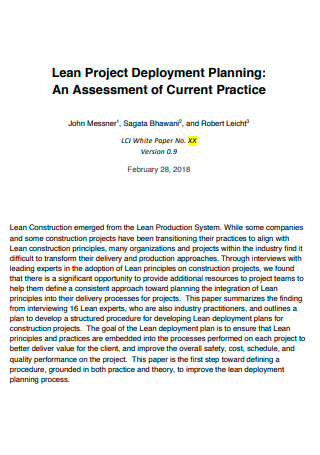
Lean Project Deployment Planning
download now -
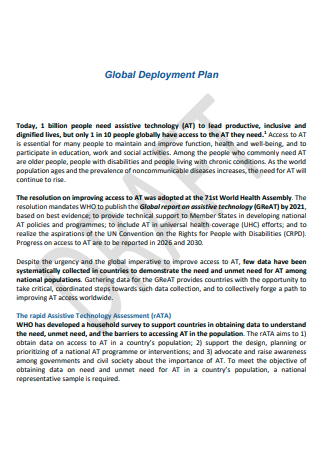
Global Deployment Plan
download now -
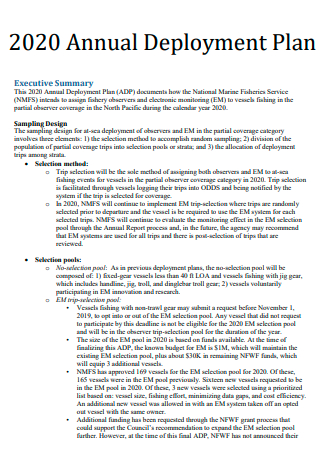
Annual Deployment Plan
download now -
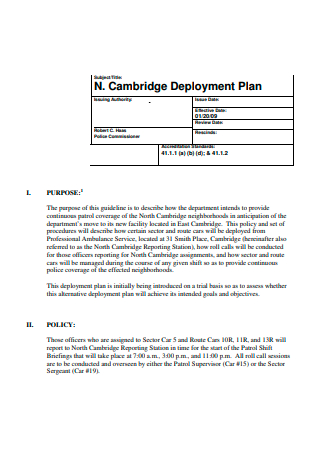
Cambridge Deployment Plan
download now -
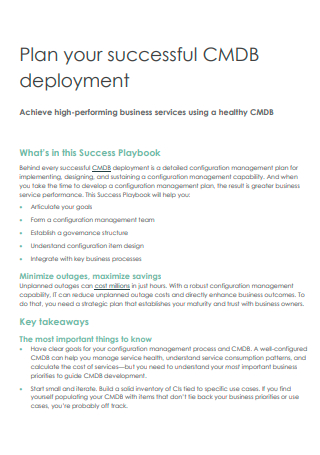
Simple Deployment Plan
download now -
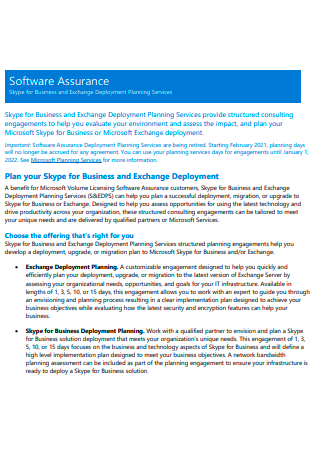
Business and Exchange Deployment Planning Services
download now -
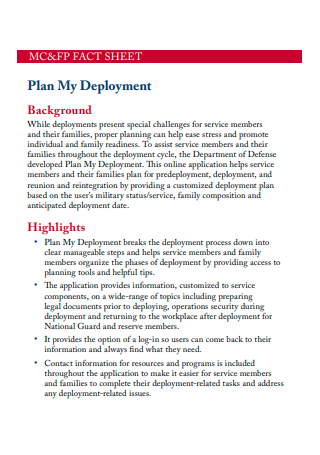
Deployment Plan Fact Sheet
download now -
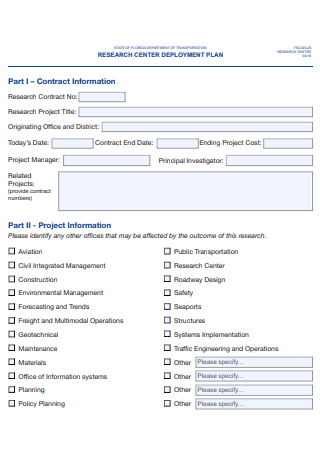
Research Center Deployment Plan
download now -
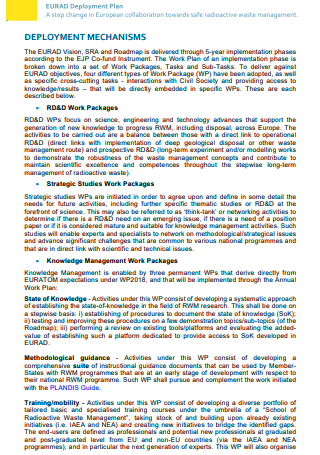
Deployment Mechanisms Plan
download now -
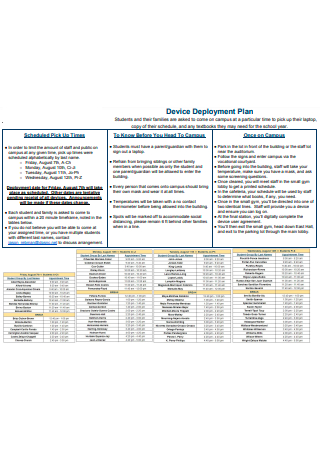
Device Deployment Plan
download now -

Non-Constrained Deployment Plan
download now -
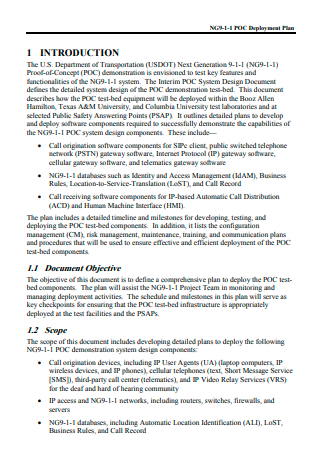
Standard Deployment Plan
download now -
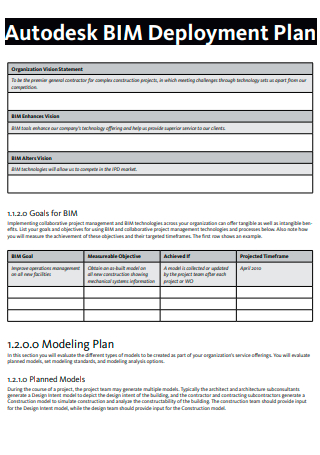
Auto Desk Deployment Plan
download now -
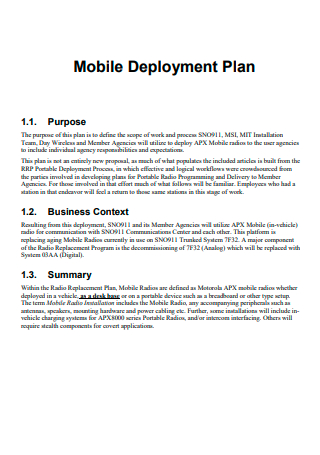
Mobile Deployment Plan
download now -
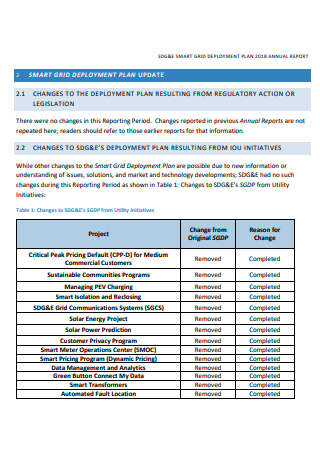
Smart Grid Deployment Plan
download now -
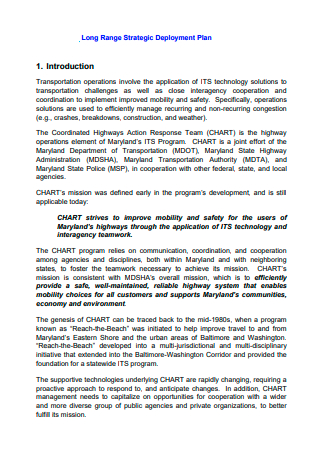
Long-Range Strategic Deployment Plan
download now -
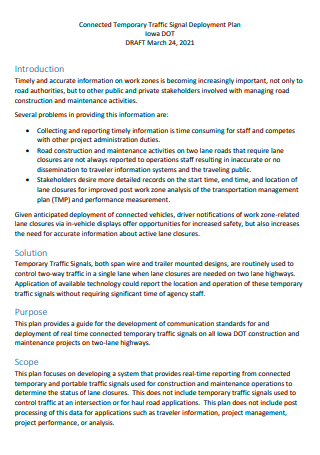
Temporary Traffic Signal Deployment Plan
download now -
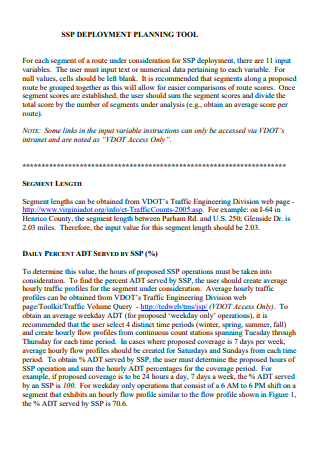
Deployment Planning Example
download now -
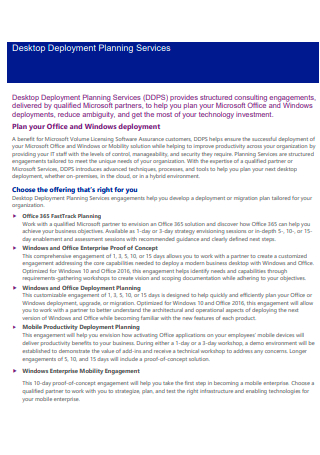
Desktop Deployment Planning Services
download now -
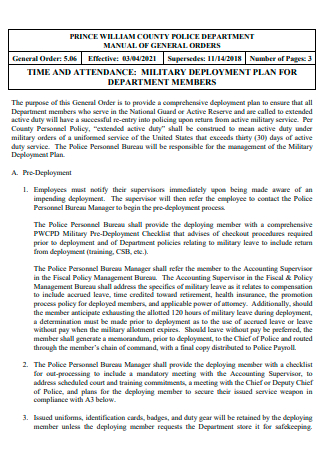
Military Deployment Plan
download now -
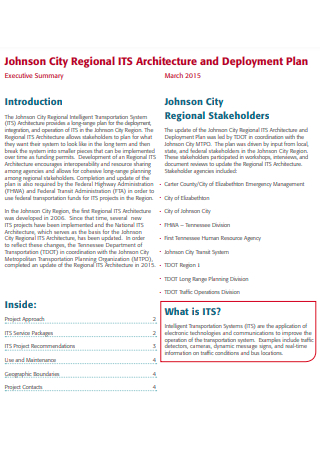
Architecture and Deployment Plan
download now -
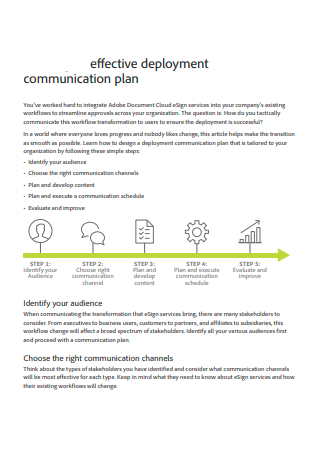
Effective Deployment Communication Plan
download now -
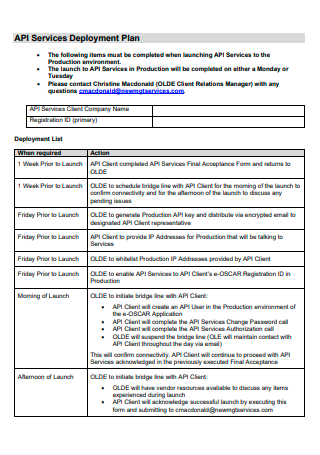
Services Deployment Plan
download now -
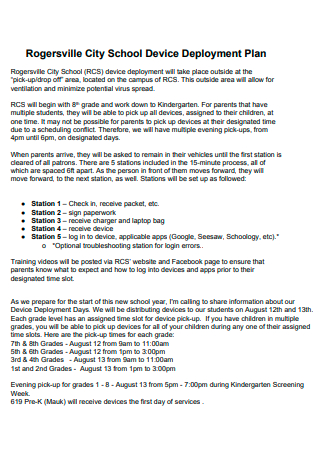
School Device Deployment Plan
download now -
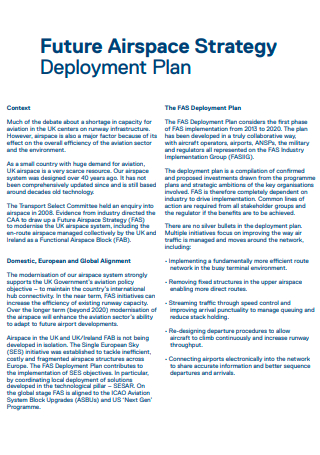
Future Air Space Strategy Deployment Plan
download now -
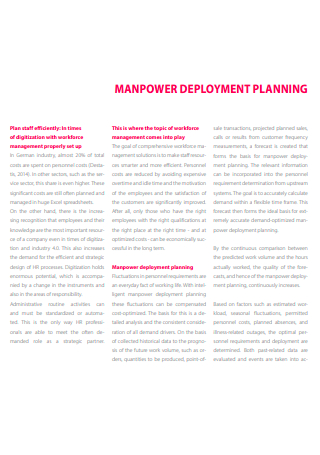
Man Power Deployment Planning
download now -
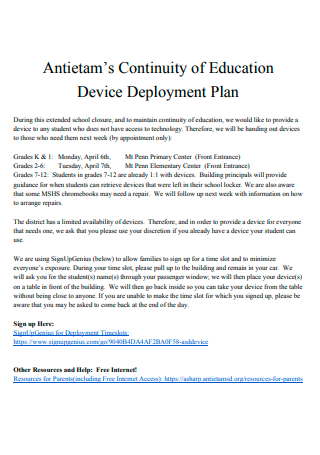
Continuity of Education Device Deployment Plan
download now -
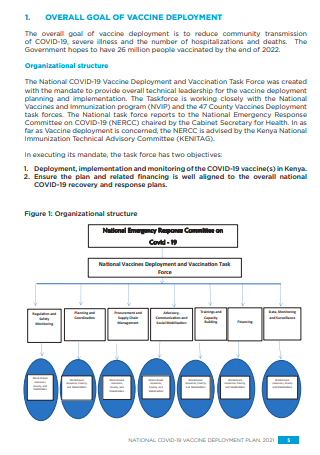
National Covid-19 Vaccine Deployment Plan
download now -

Reusing Force Deployment Plan
download now -
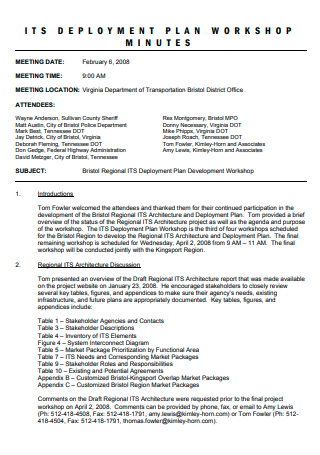
Deployment Plan Workshop Minutes
download now -
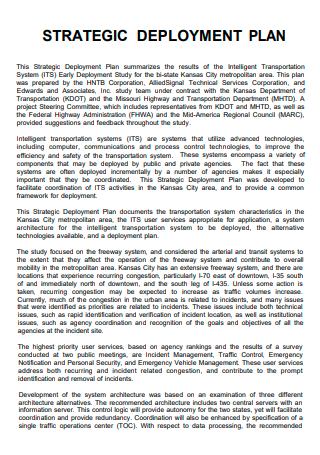
Strategic Deployment Plan
download now -
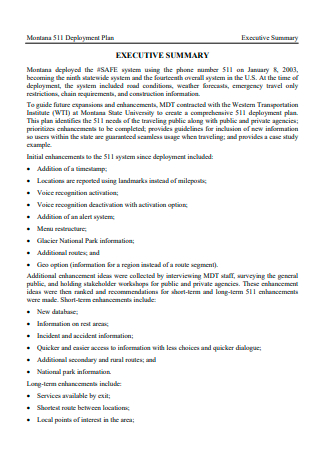
Printable Deployment Plan
download now -
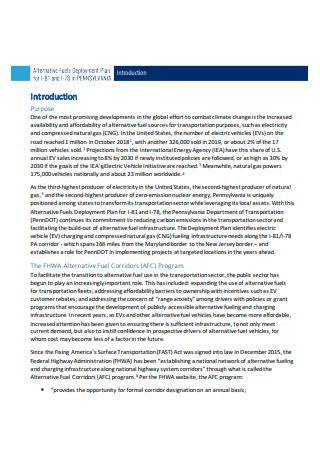
Alternate Fuels Deployment Plan
download now -

Parks Deployment Plan
download now -
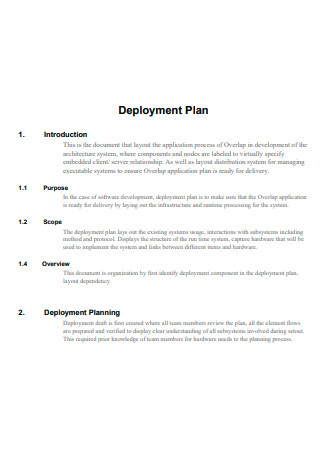
Formal Deployment Plan
download now -

Network Infrastructure Deployment Plan
download now -
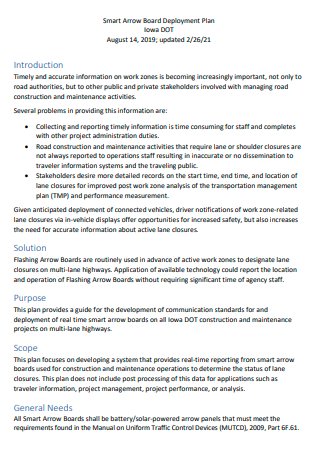
Smart Arrow Board Deployment Plan
download now -
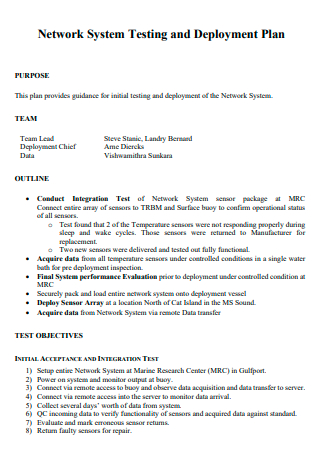
Network System Testing and Deployment Plan
download now -
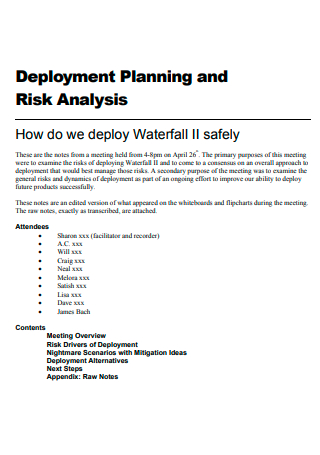
Deployment Planning and Risk Analysis
download now -

Mark Deployment Plan
download now -

Deployment Planning Checklist
download now -

Automating Deployment Planning
download now -
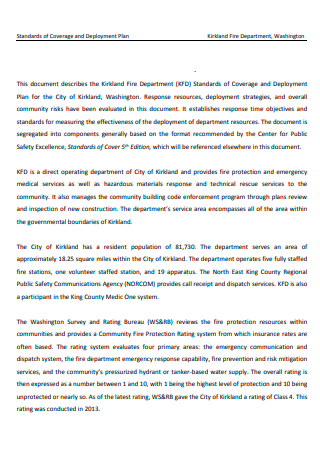
Coverage and Deployment Plan
download now -
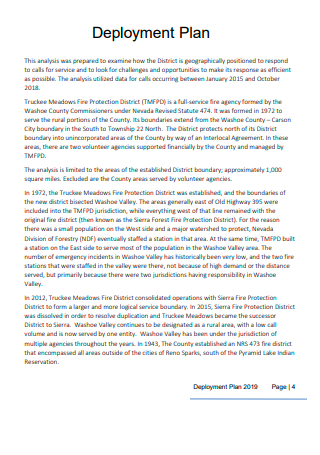
Deployment Plan in PDF
download now -
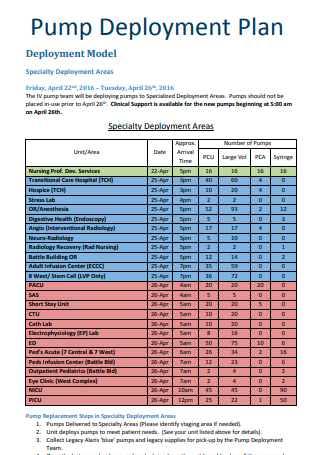
Pump Deployment Plan
download now -
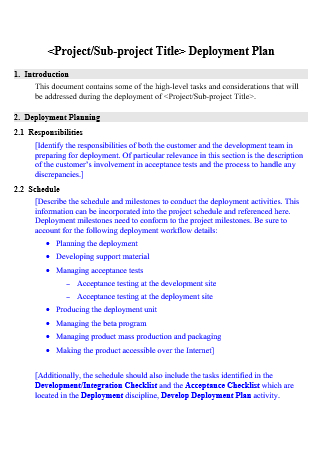
Project Deployment Plan
download now -
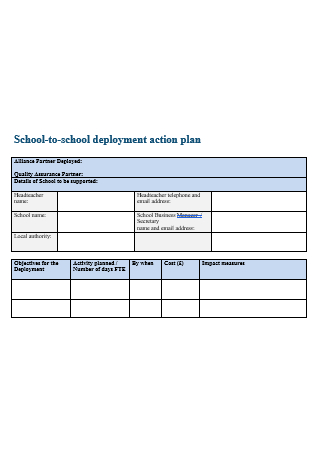
School to School Deployment Action Plan
download now -
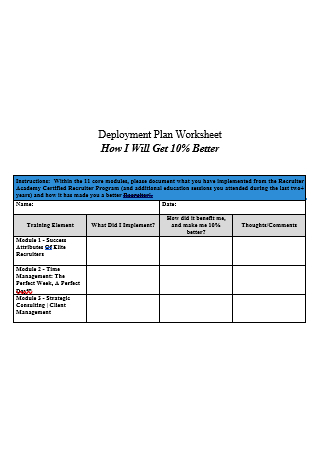
Deployment Plan Worksheet
download now
FREE Deployment Plan s to Download
50+ Sample Deployment Plan
a Deployment Plan?
Benefits of an Automated Deployment
Types of Deployment Strategies
How To Create a Deployment Plan
FAQs
What information should a deployment plan contain?
What is the purpose of a deployment binder?
What is the definition of a deployment tool?
What Is a Deployment Plan?
To begin, you may be asking what deployment planning is all about. But before we get into that, let’s start with the fundamentals and define deployment. In general, deployment refers to the process of transporting an object to a location where it can be subjected to some operation. In the context of software development, deployment refers to the process of preparing an application for distribution. Now that we have a theoretical knowledge of deployment let us move on to deployment planning. Deployment planning is a meticulous procedure that considers even the most minor elements. You may verify that the product is complete and bug-free and ensure a pleasant consumer experience. Thus, how does the process of developing a deployment plan work? To begin, the project manager creates a deployment strategy.
Following that, it is reviewed by the project team before distribution. The project schedule allows time for each project task. Additionally, teams can gain insight into the process throughout deployment by referring to the deployment planning framework. According to the survey, respondents were curious to learn how agile development affected the pace with which products and features were delivered. According to a poll, a plurality of businesses (almost 25%) push code to production monthly. Quarterly and then weekly deployments were the following most often cited responses. Unbelievably, 13% of respondents to the poll stated that they did not release any code to production in 2014!
Benefits of an Automated Deployment
Each software development team should have an automated deployment process in place.” That is the consensus of nearly everyone I meet at conferences and events. In reality, only a small percentage of software development teams take a ‘one-click, utterly hands-off approach. For everyone else, the deployment process is either partially or manual. One method to overcome this is to be crystal clear about the benefits of doing so. Here are the five most significant benefits of deployment automation.
Types of Deployment Strategies
For any business, the day will come when its code and software will require modification or upgrading in any context. There are numerous strategies for deploying new applications to production, and selecting the optimal design requires considering the trade-offs in the impact of change on the system and end-users. In this article, we’ll discuss some strategies:
1. Canary Deployment Strategy
Canary deployment is a technique for mitigating the risk of releasing a software update into production by gradually rolling it out to a limited subset of users before making it available to others. This deployment strategy relies on a router or load balancer to target specific routes. They are aiming their latest version of the application at a small segment of the entire user base. After this new set of users has utilized the application, critical metrics will be collected and examined to determine whether the latest version is ready to be given out to all users as a whole or whether it should be pulled back for additional debugging. In brief, the goal is to collect data from a small user base and forecast the outcome of full-scale production deployment.
2. The Blue-Green Deployment Strategy
A Blue-Green deployment approach is one in which the older and newer versions of the application or microservice operate concurrently in production. A load balancer automatically switches traffic from the more senior to the more recent version. The SREs are attempting to enable instant rollbacks at the sight of the first problem with this method. The existing stable version is referred to as a blue instance, while the new one operating in parallel is referred to as a green instance. Both of these versions are always available in the production environment, which eliminates downtime associated with deployments. If the load balancer encounters a fault, it will immediately redirect all traffic to the Blue instance. In brief, keep the older version as a backup and run it concurrently with the new version.
3. Ramped
The ramping deployment technique entails gradually rolling out an application version by replacing instances one by one until all the cases are replaced. It typically proceeds as follows: One example of version B is deployed using a pool of version A behind a load balancer. The instance is added to the collection after the service is ready to accept traffic. After then, a single example of version A is withdrawn from the pool and terminated.
4. A/B testing
A/B testing deployments include redirecting a subset of customers to a new feature under specified conditions. Rather than a deployment plan, it is typically a tool for making business decisions based on statistics. However, we shall address it briefly here because it is related and may be implemented by supplementing a canary deployment with additional functionality. This technique is frequently used to evaluate the conversion rate of a specific feature and then roll out only the version with the highest conversion rate.
How To Create a Deployment Plan
You may believe that deployment planning occurs after your product has been built, tested, and delivered. However, the most effective deployment plans are applied throughout the beginning phases of development and their duration. This section details the steps necessary to construct a deployment plan for consideration during the initial project planning phase.
Step 1: Summarize the objectives of your deployment.
Begin with a clear vision of how the deployment will occur. You’ll want to know the anticipated date and time of product deployment. Additionally, you’ll want to highlight the impact of your deployment. The term “impact” refers to both the value that you believe it will provide to your user group and the effect on your employees and resources. This preliminary summary defines the scope of work and establishes the parameters for the project’s schedule.
Step 2: Risk documentation and mitigation.
Make a list of all probable risks that could jeopardize a smooth deployment. For instance, a threat could be a lack of accessible support to run the help desk when your new product is launched. Following that, assign a probability to each risk and its impact on deployment if it occurs. In the preceding scenario, a lack of support workers could significantly influence end-user satisfaction. The likelihood of this occurring is moderately high, as your launch occurs during the summer when many employees are on vacation. Finally, detail the steps necessary to mitigate each risk. In our example, you may request that staff be present during your launch week. Because you’ll be considering deployment plans not just during this initial planning stage but throughout the project’s development cycle, hazards that you didn’t anticipate may surface as you move into product development or testing. As you identify new dangers, you can use project management software to notify your team.
Step 3: Create a deployment schedule.
A deployment schedule breaks down the production process into manageable activities delegated to particular team members. Each work should be assigned to a specific individual with specified start and finish dates. Among your responsibilities may be to publish the software update to your website, monitor your help desk for user inquiries, and reply immediately to those inquiries.
Step 4: Compile a list of deployment requirements.
Determine early on the resources that will be required for a successful rollout. These include hardware such as computers, routers, phones, and physical space for offices. Project management platforms, help desk programs, and customer management databases are all examples of software resources. Additionally, resources should be allocated for staff time required to implement and monitor the deployment plan. By addressing these issues in advance, you may ensure a more seamless launch in which you are not scrambling for necessary equipment or team assistance.
Step 5: Establish a communication strategy for the deployment.
Effective communication is essential to the deployment’s success. Determine who needs to communicate with whom, how frequently, and via what medium. For instance, your lead software developer may hold a weekly conference call with your project manager to assess progress toward operational readiness. Additionally, a deployment communication plan can include common resources that help the team maintain consistency in its deployment approach. Suppose a new program feature is being launched for clients. In that case, a software deployment checklist may include specific metrics, such as page loading speed, that different staff members must monitor and document daily.
FAQs
What information should a deployment plan contain?
The deployment strategy details the scope, approach, and execution of the project’s deliverables rollout. Where applicable, the plan details system support, issue tracking, escalation procedures, and roles and responsibilities before, during, and after deployment.
What is the purpose of a deployment binder?
Most military families use binders to keep their PCS documentation organized. Additionally, a deployment binder filled with checklists might assist you in calming your mind during this stressful time. On the homefront, having a binder keeps things concentrated and structured.
What is the definition of a deployment tool?
Deployment tools automate distributing software and updates, allowing developers to concentrate on more vital tasks. Additionally, they enable developers to work together on projects, monitor progress and manage changes.
Having a documented deployment plan ensures that critical information is not overlooked at any stage. The key to successful deployment planning is maintaining a daily checklist and ticking off items as they are completed. Equally critical is ensuring that all team members are on the same page. Communicate effectively with each team member. What is the conclusion? Deployment preparation is essential to avoid unforeseen circumstances and delays.
